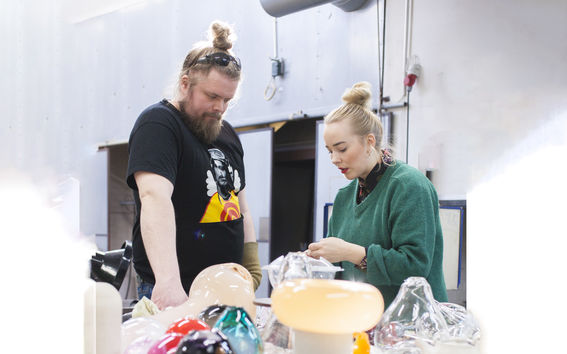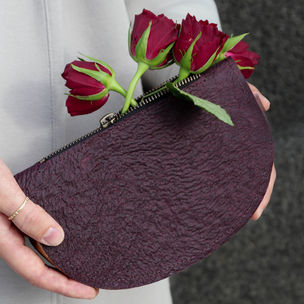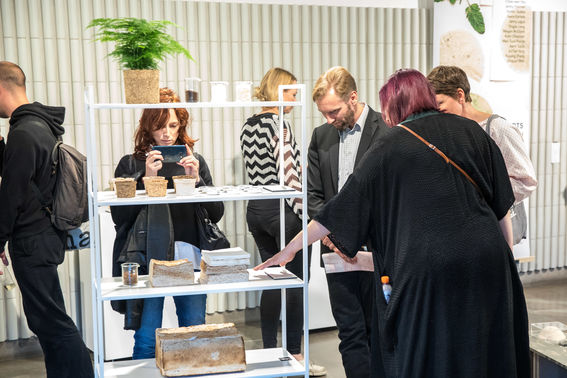Design drives change

Design will help consumers and companies make the transition to circular economy and find more responsible alternatives to current consumption habits. Fiskars Group, which is known for its brands, donated 250,000 euros to the field of arts and design at Aalto University in the Government matching funding campaign.
‘All our brands reflect our purpose: to create advanced design that will make daily life unique. Student cooperation and various projects provide us with new, fresh perspectives and an opportunity to see the competence and hear the ideas of future design professionals. We also appreciate how the collaboration enables us to tap into the latest research findings in the field of design’, says Riina Gröhn, Vice President, People Experiences, Fiskars Group.
‘We are very grateful to Fiskars for this donation, which further strengthens our long-term collaboration. We welcome the company’s significant work in promoting design and developing new solutions to further advance sustainable development’, says Tuomas Auvinen, Dean of Aalto University’s School of Arts, Design and Architecture.
Sustainability from generation to generation
Climate change, the pandemic, and other complex crises are making the world more unstable, and predicting the future is becoming increasingly difficult. At the same time, global warming requires changing our consumption habits, finding completely new solutions, and strengthening cooperation between different actors. Design facilitates the formation of partnerships as well as the creation of solutions that all stakeholders can accept, even if they have conflicting interests.
‘Change requires inventiveness and innovativeness, financial incentives, and shaking our entire way of thinking. Design has the ability to bring about meaningful change. It can be used to unlock and study alternative perspectives and thus foresee future opportunities. Design can be used to visualise larger entities and their components and relationships. It also helps us identify hidden risks and problematic areas’, says Associate Professor Tuuli Mattelmäki of Aalto University.
Finding new solutions is also important in the transition to circular economy, as it requires considering entire life cycles instead of just the design of individual products or services. In circular economy, materials are utilised for as long as possible. Products must therefore be able to be passed on to the next generation, and each new product must produce value for its owner.
Text: Marjukka Puolakka

School of Arts, Design and Architecture
School of Arts, Design and Architecture
Design and creative practices help accelerate the transition towards a sustainable life. Join us in solving the greatest challenges of our time. Read more

What don't we see even though we should?
Designs for a Cooler Planet exhibition in Otaniemi 6.9.–6.10.2023
Many important things are invisible, hidden, or noticed with delay. Ideas, creative processes, culture, networks and management models are also invisible.
Abstract phenomena can be made visible through different tools: models, prototypes, technological measuring devices, simulations, visualisations or art.
We will make the desired future visible by bringing together the most radically creative projects and work from Aalto community on campus again.
Welcome to our guided tours in the fall. More information about the tours: [email protected].